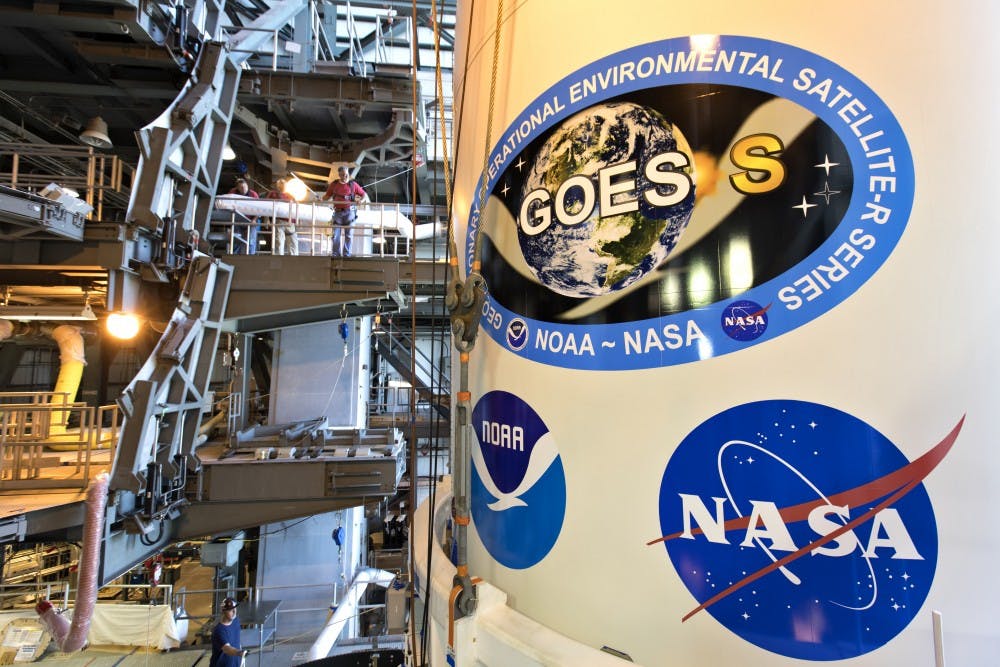Weather, navigation and many other daily tasks rely on one important thing from space: satellites.
Flashback to the 1950s when a small, metal ball named Sputnik 1 launched into space and marked the beginning of space exploration.
More than 60 years later, we're approaching another milestone in our world’s ability to observe the weather from space in near real-time. This week, NASA and the National Oceanic and Atmospheric Administration (NOAA) are getting ready for the launch of GOES-S, the next addition to the NOAA satellite fleet.
“GOES-S will provide high resolution imagery of the western U.S. and eastern Pacific Ocean completing our satellite coverage to further improve weather forecasts across the entire country,” Louis W. Uccellini, Ph.D., director of NOAA’s National Weather Service, said in a press release.
This newest geostationary weather satellite will be able to provide faster, more accurate data to track weather, lighting, wildfires, fog and even space weather. GOES-S — known as GOES-17 once it takes off — will become GOES-West and overlap its view from space with operational GOES-East to cover the Western Hemisphere. Like GOES-16, GOES-17 will be able to scan the Earth five times faster at four times the resolution than the previous GOES satellites.
The satellite launch is scheduled to take place just after 5 p.m. Thursday.
Join Nathan DeYoung and Ball State Unified Media as we cover the milestone live from the Kennedy Space Center in Cape Canaveral, Florida, and await this milestone in space and weather history.
Check back at The Daily News for updates on DeYoung's trip to Cape Canaveral.





